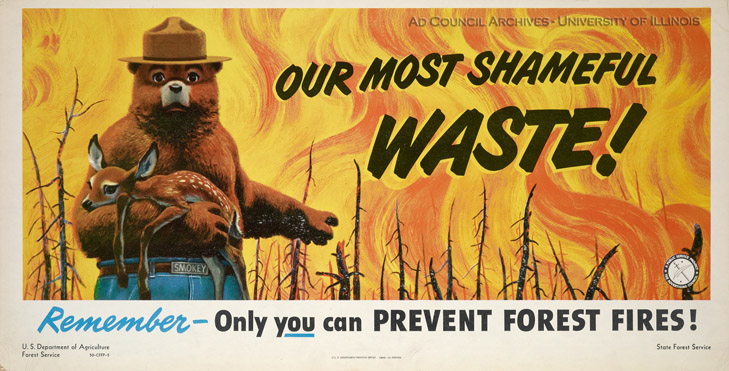With the release of the Environmental Protection Agency’s (EPA) Clean Power Plan this summer, states are looking for new ways to reduce carbon emissions and identify carbon neutral power sources. In Arizona, reduction of coal usage and an increase in natural gas usage has been one of many considerations on how to reach the EPA’s reduction goals. With the adoption of natural gas comes risks in pricing fluctuations that could cause major rate changes for utility customers. Additionally, while natural gas produces less CO2 than coal, it is still a far cry from a carbon neutral energy source. While solar, wind, and other renewable energy sources are considered carbon neutral by the EPA, without constant sunshine and blowing wind, they are unable to provide power every hour of the day, every day of the year. In the search for sustainable energy sources, biomass has become an important part of the conversation.
When timber is harvested in a forest, some materials, such as limbs and small pieces of wood, are considered unusable by mills. These materials are considered “forest biomass.” Until recent years, forest biomass was considered a mostly useless byproduct of forest harvesting, thinning, or restoration. Today, forest biomass can be used to produce energy at specialized power plants. For instance, Novo BioPower in Snowflake, Arizona utilizes forest biomass to produce power which is then sold to electric utilities such as Arizona Public Service and Salt River Project.
In June, Rep. Ken Calvert (R-CA) introduced H.R. 2822, the Department of the Interior, Environment, and Related Agencies Appropriations Act, 2016. Part of H.R. 2822 was a requirement for the EPA to consider forest biomass used for energy as “carbon neutral.” The White House rejected H.R. 2822 for a variety of reasons, including that classifying forest biomass as carbon neutral conflicts with existing EPA policies and findings from the EPA’s Science Advisory Board.
While the EPA had previously rejected the carbon neutrality of forest biomass in its 2010 Greenhouse Gas Tailoring Rule, it had also failed to note the difference between biogenic CO2, such as what is created by burning forest biomass for fuel, and fossil fuel emissions. In its newest review released in November 2014, the EPA revised its findings to note that certain forest-derived products used for energy are carbon neutral if the forests are grown, harvested, and consumed in a sustainable manner.
A carbon neutral power source absorbs as much carbon as it releases. The argument for the carbon neutrality of forest biomass hinges on a shift in how the United States’ forests absorb carbon. Historically, the United States’ forests have been “carbon sinks,” absorbing more carbon than they have released. Forests absorb carbon as they grow, and forests naturally release carbon when trees die, decay, or catch fire. When forests are in a healthy state, they are carbon sinks. For the most part, however, the United States’ forests are not healthy. With over 9 million acres burned in the United States in 2015 and increased insect damage and disease weakening trees, forests are now creating more carbon than they absorb.
With growing concern nationwide over climate change and sustainable environmental practices, it is becoming more and more important to identify carbon neutral power sources. Utilizing forest biomass opens up additional paths for potential power as well as answering a need, one that is especially seen in the Western United States, to better care for the nation’s forests. A managed forest, one that would produce forest biomass as a byproduct of thinning treatments, absorbs more carbon through growth than is “extracted through harvest.”
While considering forest biomass to be carbon neutral will not solve all of the United States’ energy woes, it is important to continue investigating biomass as a carbon neutral energy source. Additionally, support for further innovation for establishing carbon neutral sources utilizing forest biomass could better drive forest treatment as the United States’ forests struggle under decades of overgrowth. Without research and action, forests will continue to die, decay, and burn, causing further problems for the United States. B3 Strategies will continue to watch this issue closely. If you are interested in more information or would like to add to the conversation, please email Emily Rice at [email protected].

